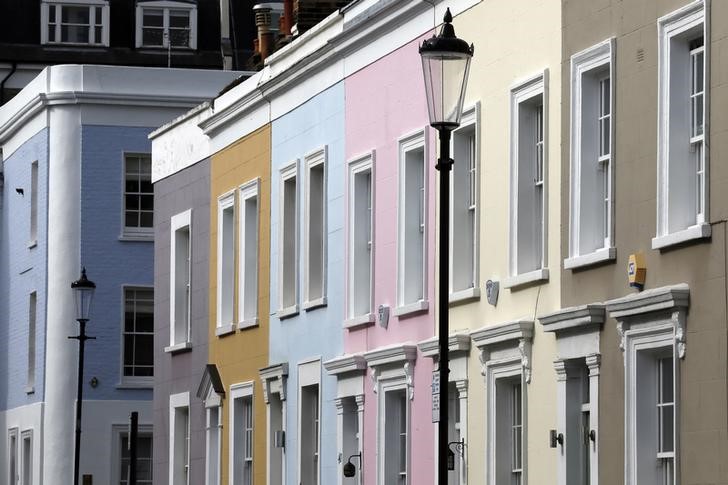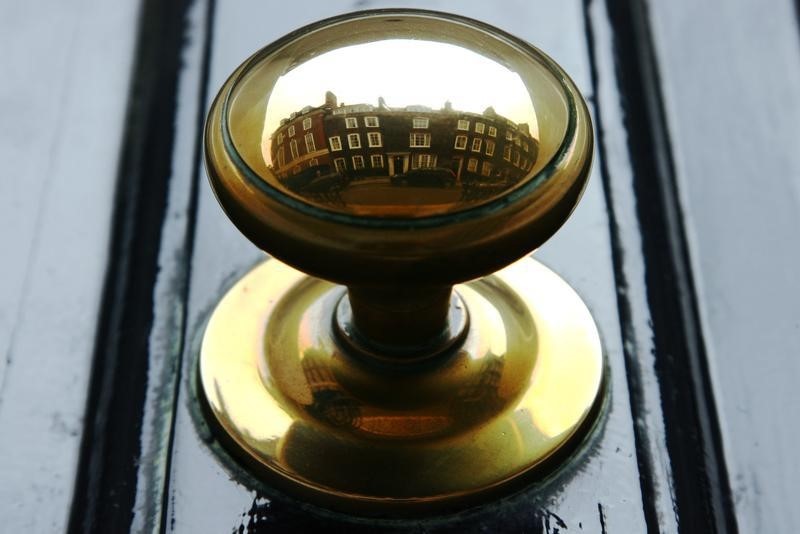LONDON (Reuters) - British homeowners might be sitting on bigger increases in the value of their properties than they thought, based on a new official measure of house prices.
The new index, which provides better coverage of new houses and homes bought without a mortgage, shows that prices in England and Wales rose by an average 6.1 percent a year between 2003 and 2011, the Office for National Statistics said.
This compares with rises of 4.6 percent for Land Registry data, which do not include newly built homes, and 4.9 percent for an existing ONS series for England alone, which does not include cash purchases.
The index, which will be introduced in June and replace the existing ONS and Land Registry series, also suggests house prices rose more quickly than stated in widely used surveys from mortgage lenders Halifax and Nationwide.
According to the new index, the average house price in December 2011 in England and Wales was 185,000 pounds, compared with 157,000 pounds on Land Registry data and 222,000 pounds for England alone on the existing ONS series.
The ONS will publish more recent data in June.
House prices are important for many Britons, as their home is often their largest single asset and annual increases in its value can sometimes exceed their annual salary.
In 2014, regulators placed curbs on mortgage lending to discourage risky borrowing, and on Tuesday the Bank of England urged lenders to tighten credit checks on loans to landlords.
The new index will cover the whole United Kingdom, unlike Land Registry data, which does not include Scottish and Northern Irish house prices. Those are collected separately.

(This version of the story corrects figure provided by ONS in third paragraph for average annual English house price growth to 4.9 percent, not 5.2 percent)
